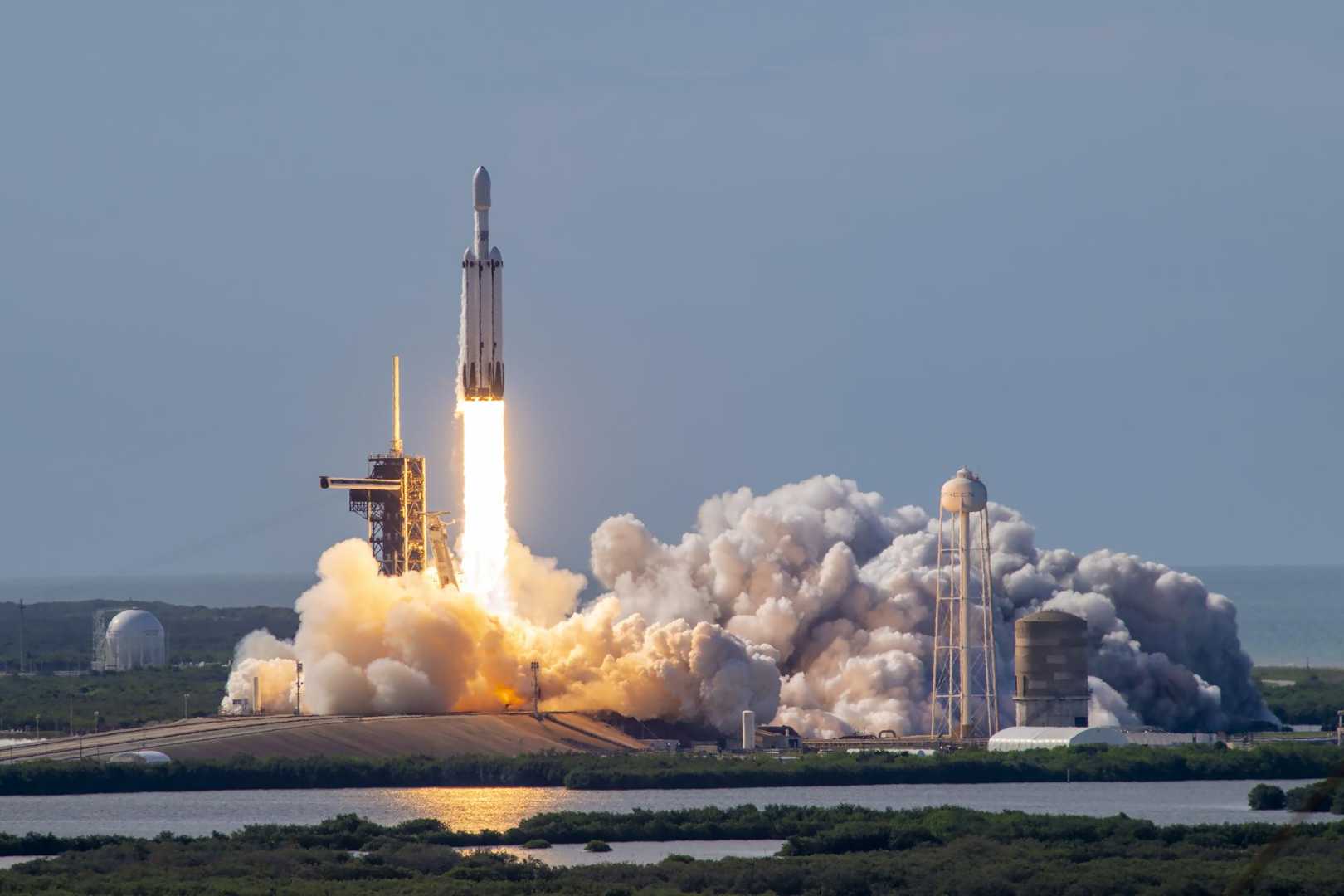News
SpaceX Scrubs Launch Again Amid Persistent Weather Challenges

CAP CANAVERAL, Fla. — SpaceX postponed the launch of its Falcon 9 rocket for the second consecutive night due to inclement weather. Originally scheduled for Thursday, the rocket was supposed to deploy 21 satellites for the Starlink network into low Earth orbit.
Though the exact reason for the delay was not disclosed, a cold front moving through the Space Coast area has led to wet and blustery weather conditions. SpaceX rescheduled the liftoff for Saturday at 8:53 p.m. EDT (12:53 UTC), aiming for a 95 percent chance of favorable weather by that time.
The Falcon 9 mission will utilize first stage booster B1083, marking its tenth flight following previous missions, including the crewed Polaris Dawn and Crew-8 missions, as well as the launch of Intuitive Machines’ second Nova-C lunar lander.
Approximately eight minutes post-liftoff, B1083 will target a landing on the droneship ‘A Shortfall of Gravitas.’ If successful, this will be the 104th booster landing for ASOG and the 429th overall for SpaceX. Among the 21 Starlink V2 Mini satellites set for launch, 13 will feature Direct to Cell capabilities as SpaceX expands its satellite internet service.
On Thursday, Michael Nicholls, SpaceX’s Vice President of Starlink Engineering, announced via X that the DTC service is now available for users in Japan through a partnership with KDDI, allowing connectivity for over six million devices.
In addition to Japan, SpaceX’s expansion efforts recently included new service offerings in Guyana and Jordan.
Meanwhile, United Launch Alliance (ULA) also encountered difficulties, scrubbing a launch attempt for its Atlas 5 rocket carrying 27 Project Kuiper satellites for Amazon. The launch, dubbed Kuiper 1, was postponed due to a band of offshore thunderstorms.
The ULA mission aims to establish Amazon’s satellite internet constellation to compete with existing services like SpaceX’s Starlink and Eutelsat’s OneWeb. A new launch date is under consideration by ULA and the Eastern Range.
On Tuesday, the 45th Weather Squadron, based at Patrick Space Force Base, predicted a 55 percent chance of favorable launch conditions. Despite initial hopes, officers later raised concerns about weather violations due to strong winds and nearby storms during the launch window.
ULA has confirmed that the Atlas 5 vehicle will utilize its most powerful 551 configuration, equipped with five solid rocket boosters from Northrop Grumman. ULA President Tory Bruno indicated a strategic timeline adjustment, suggesting that all eight remaining Atlas rockets might not launch this year as initially planned.
Bruno expressed hope for an upcoming Kuiper satellite launch with their Vulcan rocket in late summer, which would include 45 satellites. The ultimate goal for Project Kuiper is to establish a network of over 3,200 satellites in low Earth orbit to provide low-latency internet services.
Additional launches planned for ULA’s Vulcan rocket include missions contracted under the National Security Space Launch program, with the aim of balancing government and commercial projects. Amazon’s satellite network is designed to offer both civilian and governmental internet services, with connectivity expected to initiate once 578 satellites are operational.
Amazon plans not only to launch rockets through ULA but has also acquired 38 launches on the Vulcan rocket, along with additional contracts with other space launch providers.
Additionally, Amazon has created a separate entity, Kuiper Government Solutions (KGS), to foster collaboration with government agencies for secure networking solutions, featuring partnerships with L3Harris Technologies.












